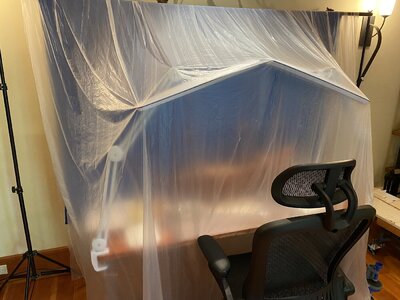- Joined
- Jul 12, 2021
- Messages
- 137
- Points
- 143

The key is brailing up first, so that the yard has as little windage as possible. It is easier to do when tacking than wearing, the wind helps a little. It seems like a big weight swinging around dangerously, but there are a lot of lines going to the yard (halliard, topping lift, sheet, brails) and if the sail is rigged properly, the halliard picks up the weight near the center of gravity, which makes the whole thing surprisingly easy to handle. On Kalmar Nyckel only two people are needed to pass the heel of the yard around the mast, one on each side, while two other people handle the tacks. The trickiest part is getting the tacks off and on the heel of the yard cleanly. They are set up on blocks with hooks on the strops, which hook into a bridle on the end of the yard, but they are hard to reach for most of the travel of the yard.That looks like fun! I can only imagine managing the sail through a jibe on a windy day at sea!
Fred












 If he ever wants to write a book about his ship model exploits, all he has to do is go here and click PRINT.
If he ever wants to write a book about his ship model exploits, all he has to do is go here and click PRINT.